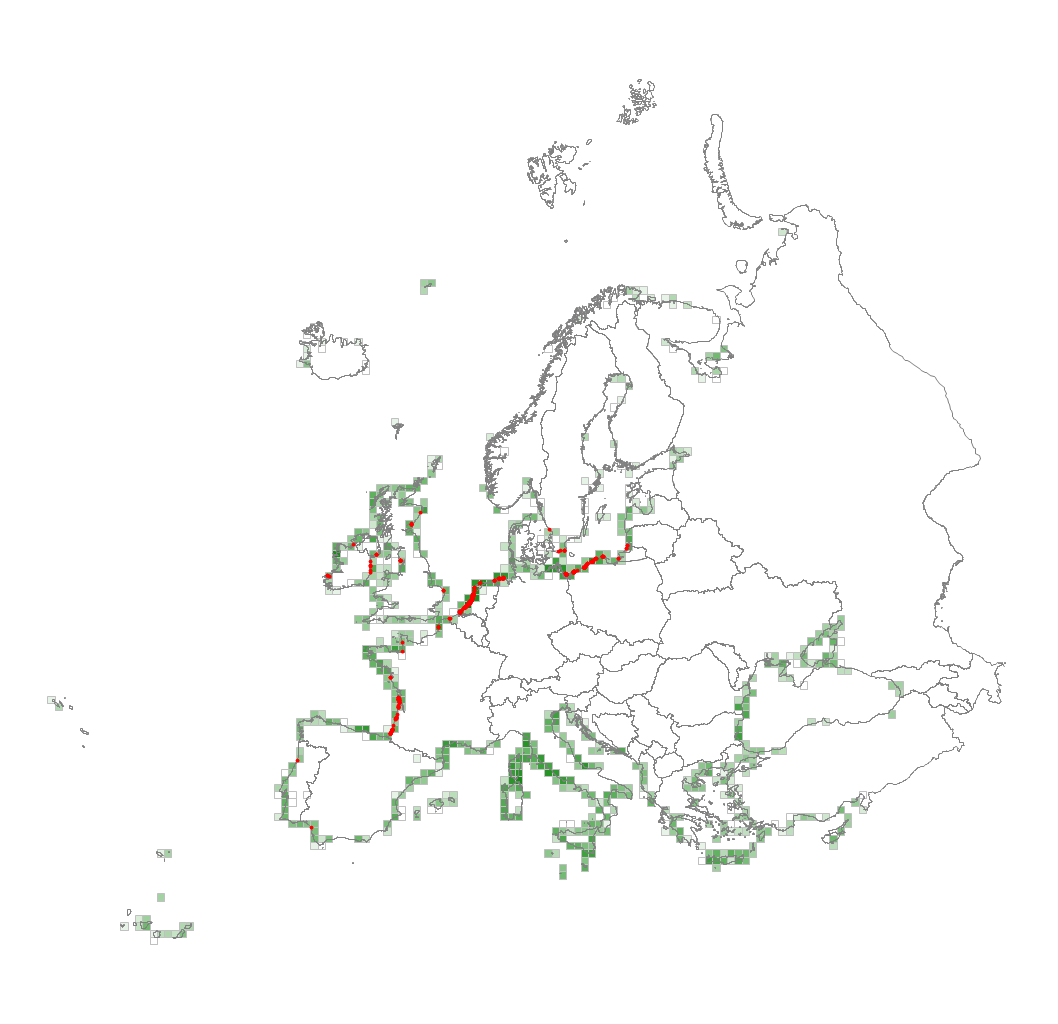N1D Atlantic and Baltic broad-leaved coastal dune forest
A forest type with a wide range of variation, comprising a diversity of relatively open to closed forests on Atlantic and Baltic coastal dunes. It develops where more stable coastal sands are invaded by broadleaved trees typical of the local soil and climatic conditions. It includes forests in dry and wet conditions, on calcareous and acidic sands and along the climatic gradient from southern Norway and the Baltics towards central Portugal. Many of these forests are indistinguishable in their floristic composition from inland examples of the same general type.
Chytrý M., Tichý L., Hennekens S.M., Knollová I., Janssen J.A.M., Rodwell J.S. … Schaminée J.H.J. (2020) EUNIS Habitat Classification: expert system, characteristic species combinations and distribution maps of European habitats. Applied Vegetation Science 23: 648–675. https://doi.org/10.1111/avsc.12519
Version 2025-10-03, https://doi.org/10.5281/zenodo.16895007.
For the official presentation of the EUNIS Habitat Classification from the European Environment Agency, please see: EUNIS Terrestrial Habitat Classification 2021. The FloraVeg.EU presentation may show modifications and partial updates to the habitat classification.
